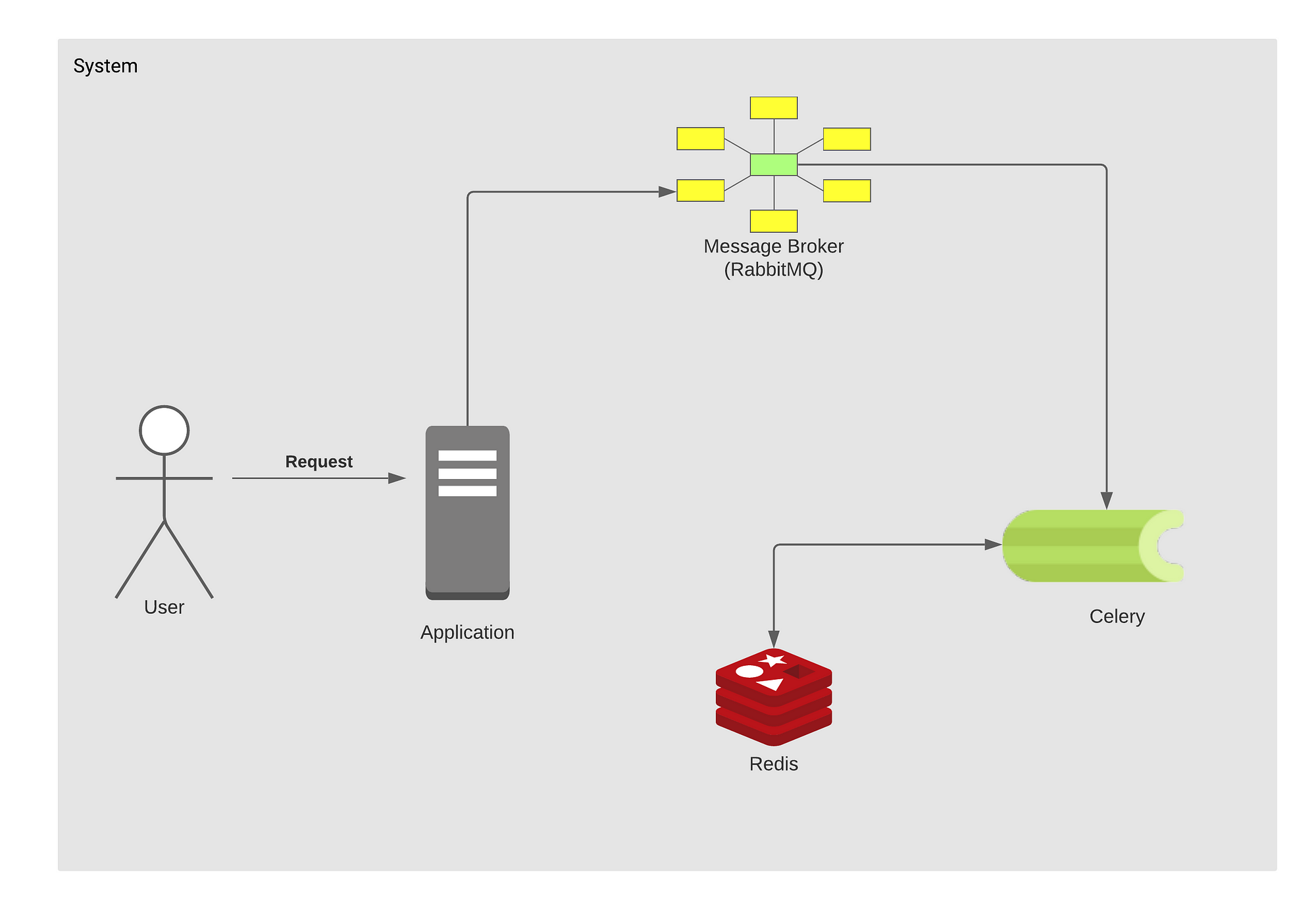
- #Install redis python how to#
- #Install redis python install#
- #Install redis python code#
- #Install redis python windows#
We can see that our Redis server is ready with the reply - PONG. Requires the redis Python package on the remote host. To verify our Redis installation, type the redis-cli command, then type ping on the prompt that comes up: redis-cli -v redis-cli 5.0.6 redis-cli 127.0.0.1:6379> ping PONG 127.0.0.1:6379>. To check whether it is installed, run ansible-galaxy collection list.
#Install redis python install#
If you always use keys which are a simple string, you can remove the pickling from the key. On Debian Linux: sudo apt-get install redis-server. If you prefer plaintext-readable data in redis (pickle stores a binary version of it), you can replace pickle.dumps with repr and pickle.loads with ast.literal_eval. # Hopefully you do not need the equivalent of d As of this writing, the version available in the default repositories is 5.0.7. # Here is another way to implement dict-of-dict eg d We’ll use the APT package manager to install redis from the official Ubuntu repositories. # this will not work: (it updates a temporary copy and not the real data) The 2.0 version of aioredis-py features an API that matches the most popular synchronous Redis client for Python, redis-py. Hope this little intro to Redis was useful.Here is a simple wrapper around Redis which pickles/unpickles data structures: from redis import Redis Not only is redis the better option for places you might use python-memcached, it enables whole new types of use cases and usage patterns. We passed host as localhost as we are running Redis on the local server and by default Redis will be listening at 6379 port.

This will give you a good indication as to where to look. Two of these services will begin within the same terminal as the one we used to install.
#Install redis python how to#
For your first steps with Python and Redis, this article will show how to use the recommended library: redis-py. In Redis, a client can subscribe any number of channels. If you are unsure what each pip version brings up you can use the which command to list the file path. The Python community has built many client libraries that you can find here. Redis ( host 'localhost', port 6379) Python. If python3.6 brings up the correct Python version on your system then this should work for you: python3.6 -m pip install redis.
#Install redis python code#
Redis also supports values up to 512 MB in size as opposed to 1 MB per key limitation of memcached. Below is the code to initialize the Redis server which provides the interface to all Redis commands. So you might lose lose the latest minutes of data.

Be careful while using it though, since Redis only saves data after at least five minutes and 100 writes against the data set by default. There are many other redis data-structures available. The client is useful for connecting directly to the Redis server without any Python code. Just like in python redis Sets are useful for storing unique values, though if maintaining order is required then you’ll have to use Ordered Sets. Even though we installed the redis-server package, the installation also comes with the Redis command line client. # Fetch all field-value pairs in user key.

Excellent for saving python dictionaries and modifying them in cache without having to recreate object in cache.
#Install redis python windows#
Here we see only the latest two integers are maintained in the cache object and rest are removed. Here I describe how to install redis, and subsequent practice are carried out on Windows on Windows. The error youre getting indicates that the redis-py package (e.g. You need to finish the installation of the Redis server as we described in the Downloading and installing Redis recipe in Chapter 1, Getting Started with Redis. To help you to install the Redis client library, you’ll use the easyinstall utility from the setuptools. If you’re using Python 2.6, any time the book refers to Python27, you can instead use Python26. From here, you only need to install the Python Redis library to be ready to use Redis with Python.

So when used in conjuction with LPUSH command we can add elements to the list and always keep the latest N elements we want. Once the cluster is up, you can connect to it from your code. Python should be installed in C:Python27. We can restrict the length of this list with LTRIM command. Using Redis lists means while modifying the cache after some operation, we can simply append to or delete from this list instead of the ‘delete old object & create new object with modified data’ approach with python-memcached.


 0 kommentar(er)
0 kommentar(er)
